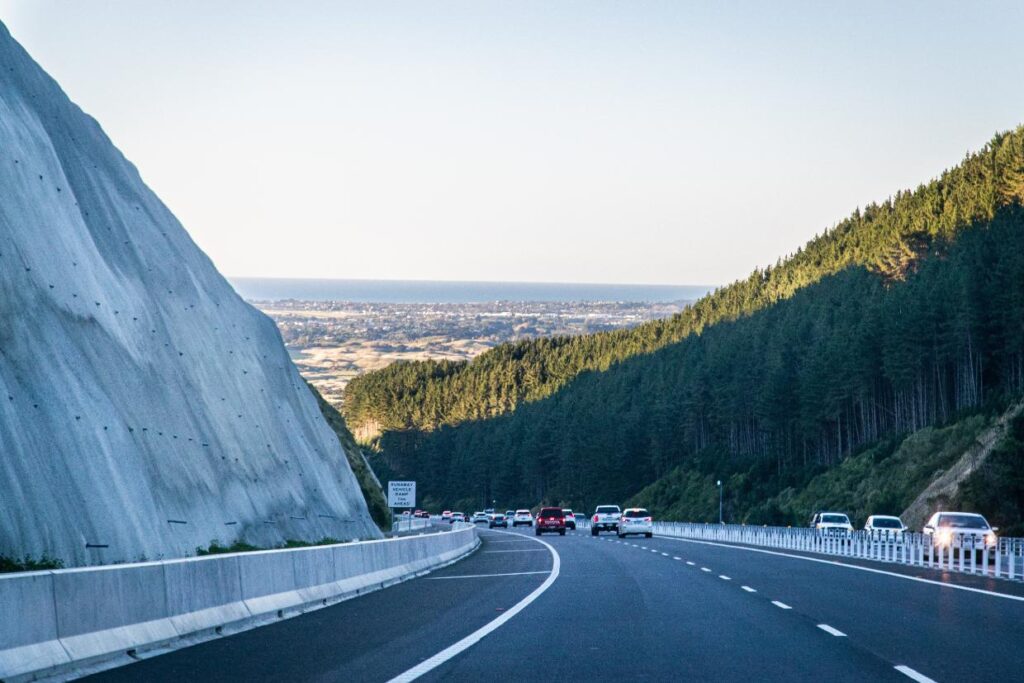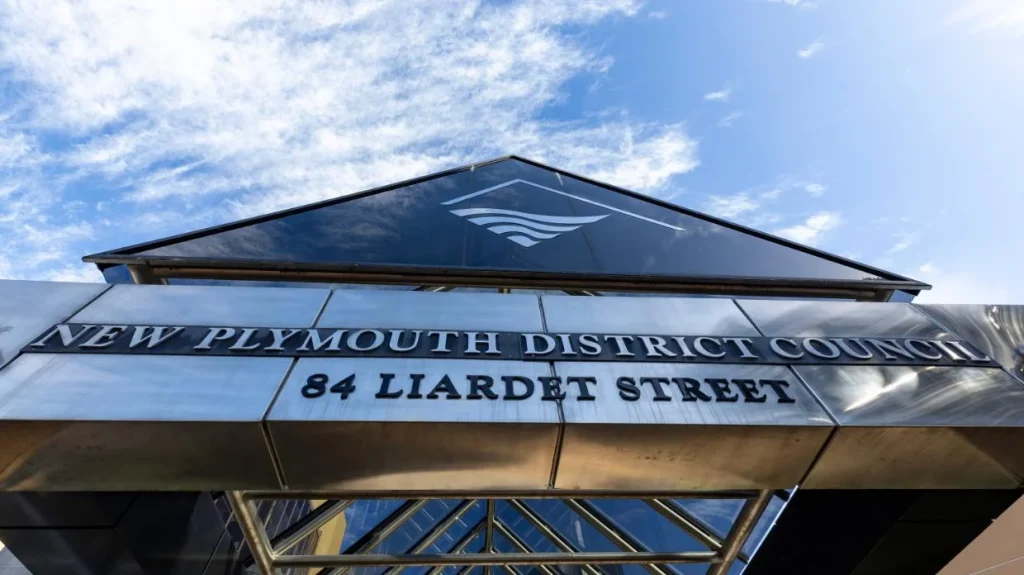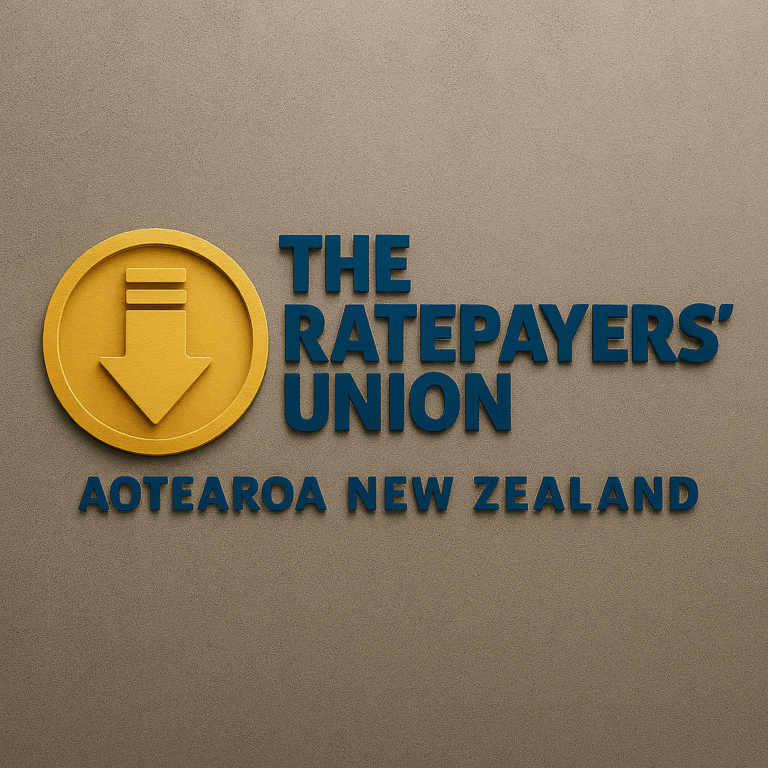Source Neil Holdom | The Press 7 July 2025 PDF
Neil Holdom is the mayor of the New Plymouth District. He has held the role since first elected in 2016.
OPINION: What do we do about 78 councils, rising rates and the need to improve efficiency and focus on the basics?
Some argue the Government should simply pass a law to cap rates and let ‘the market’ sort itself out. But history tells us blunt interventions often generate unintended consequences.
When councils have focused purely on rate minimisation in the past, they’ve generally cut infrastructure maintenance, inspections and deferred capital investment, contributing to a significant proportion of New Zealand’s $200 billion infrastructure deficit.
Government wants to grow the economy and speed up housing development. Yet, ironically, it needs councils to enable housing growth, through investments in roads, water, transport and other essential services.
Capping rates without addressing the funding model simply kneecaps councils’ ability to invest. Without money, projects don’t proceed and assets deteriorate.
Government also controls many of the funding levers that affect council responsibilities, transport subsidies, infrastructure grants, regulatory constraints, yet often fails to maintain its own assets.

There’s no equivalent long-term, integrated plan for our state highways, schools, or hospitals. Budgets are often doled out year by year, or in three-to-five-year chunks. As a result, children study in mouldy classrooms, hospitals operate in leaky crowded buildings, and many public facilities sit closed due to earthquake or health risks, with no capital plans to fix them.
It’s a shambles. And that shambles was designed and is maintained by the political elite in Wellington.
So what is the solution?
It starts with central government reforming itself.
News that the State Services Commissioner is considering merging the Ministries for the Environment, Housing and Urban Development, and Transport is a step in the right direction. But if we want to improve national productivity, we must go further.
Last week’s 30-year infrastructure strategy from the Infrastructure Commission, backed by both National and Labour, is a credible document, and rare for its potential to endure political change.

The commission identified New Zealand is in the top 10% of developed countries for investment in infrastructure but in the bottom 10% in terms of what is delivered, largely due to a combination of poor planning, excessive compliance requirements and the boom-and-bust nature of our investment cycles.
If we consider options to consolidate government departments in light of the national infrastructure plan, we should start with strategy and structure and leave delivery until we get the fundamentals right.
Building on options being discussed, we should consider the establishment of a combined Ministry for Infrastructure and the Environment (MIE). One team combining responsibilities currently split across the Ministry for the Environment, Transport, Housing and Urban Development, Infrastructure Commission, and the parts of Internal Affairs which regulate local government.
The key deliverable for MIE would be the development of a long-term, integrated public infrastructure strategy and plan based on regional spatial plans, covering transport, housing, three waters and all council infrastructure along with our environmental expectations. The process would join-up currently disparate plans and thinking, deliver greater clarity, reduce duplication, and improve certainty for investors and communities alike.
Despite the political branding, most New Zealand governments agree on about 80% of infrastructure policy. The left leans more into housing and public transport with higher expenditure; the right favours new highways and a greater role for private sector investment. But the broad strokes are generally aligned.
Step one, then, is for central government to aggregate its own structure, scrapping duplicated boards and executive teams, and adopting integrated, long-term planning.
So what about councils?

Do we really need 78 of them?
Talk of abolishing regional councils hasn’t sparked a lot of push back. Some have even tried to flip the conversation and call for 12-14 regional Councils as a panacea, but the journey to consolidation needs to be phased.
Scale alone doesn’t equal performance. Many smaller councils are highly innovative, more responsive to communities and cost-effective, largely because they have to be.
So rather than creating super-councils, a smarter approach might be to combine regional functions like transport planning, emergency management, spatial planning, environmental and corporate services into shared regional council-controlled organisations, governed by locally elected representatives from the smaller component Councils, removing the current regional layer of local government.
This honours the principle of subsidiarity, that decisions are best made by those closest to the communities affected. We need a model that balances the benefits of scale with strong local accountability and opens the door to future refinement and consolidation.
It’s a nut New Zealand has yet to crack, and history shows local government won’t voluntarily reform itself. That leadership must come from Wellington.
In the short term, there are practical steps we can take now. We can collate council financial and performance data, develop league tables to benchmark efficiency, and use that transparency to encourage collaboration. Councils can share services, finance, HR, procurement, to reduce duplication and cost.
Public frustration with rising rates and the plethora of local and central government compliance requirements is growing.
There’s an appetite in Wellington to shake up the system. Councils should be proactive, join the conversation, be willing to evolve, and let go of past ways of doing things if it means delivering better outcomes for today’s communities and future generations

